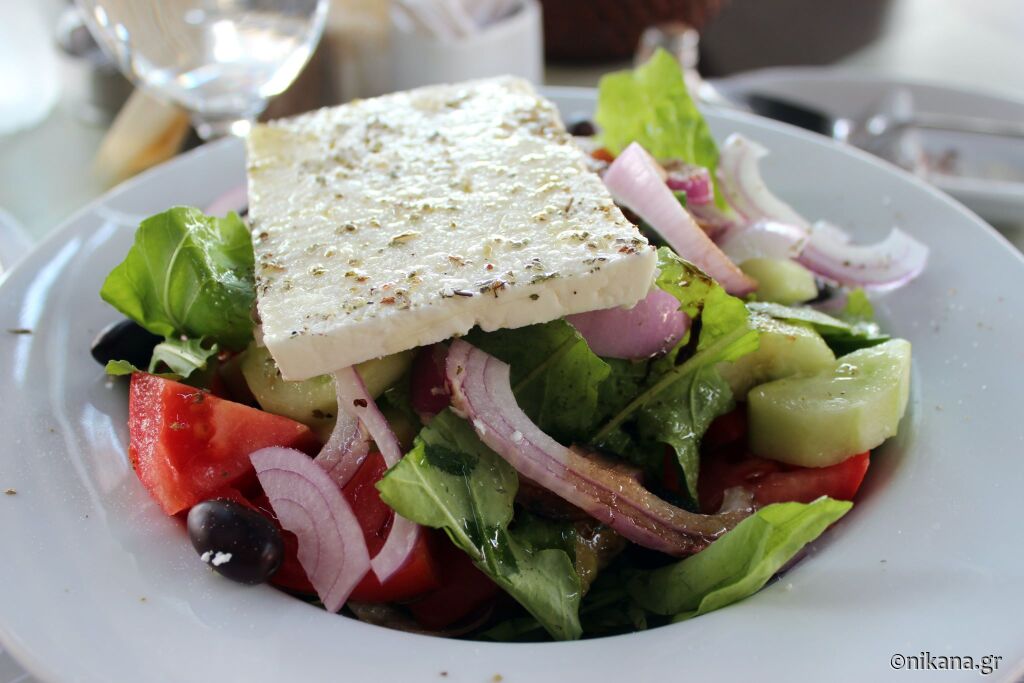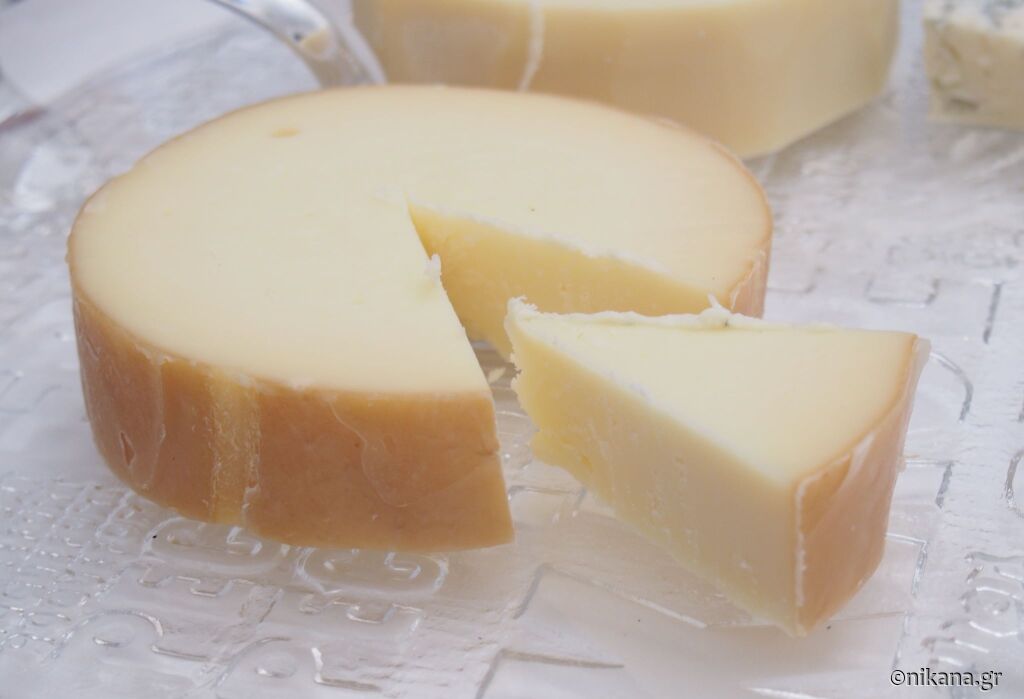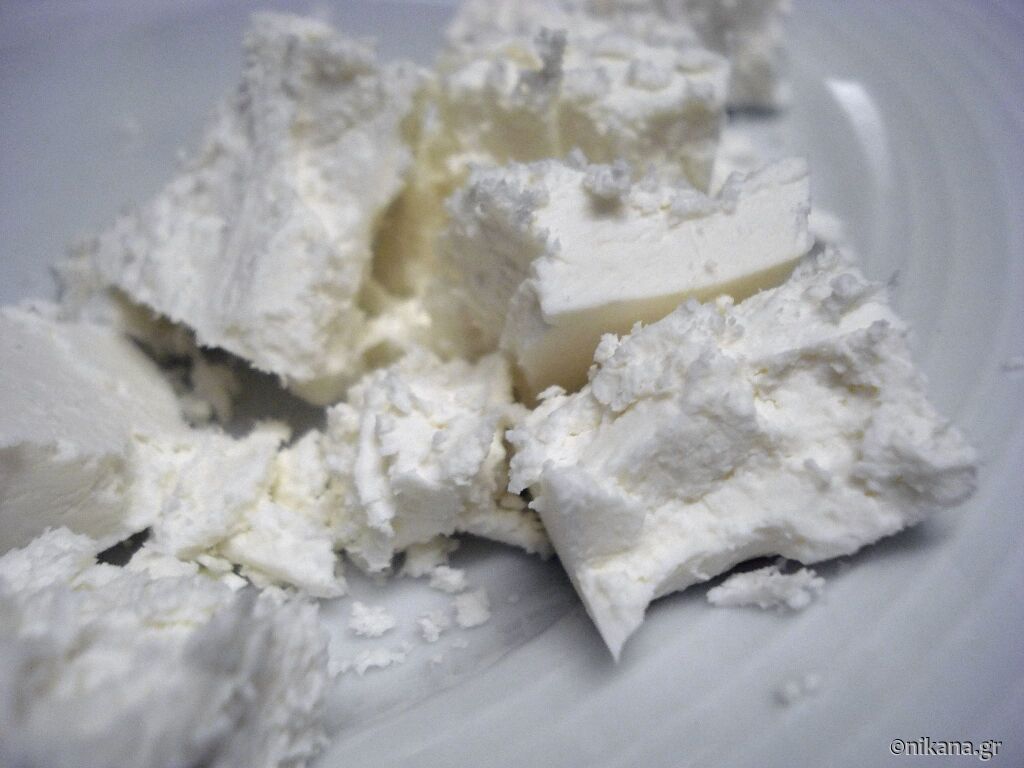Best Greek Cheeses with Protected Geographical Origin: A Complete Guide to Traditional Flavors
Discover the richness of Greek cheeses during your summer vacation – learn about their origin, composition, and special characteristics that make every bite a unique experience.
Greece is globally renowned for its gastronomy, with a special place in the hearts of food lovers occupied by its cheeses. Some of the most famous Greek cheeses have a Protected Designation of Origin (PDO), which means they are produced according to strictly defined standards in specific geographical areas. These cheeses not only exude tradition but are also a key part of local culture and cuisine. In this text, we will explore the most famous Greek cheeses that you can try.
What is PDO (Protected Designation of Origin)?
The PDO label (Protected Designation of Origin) represents a European Union certificate that guarantees a certain product comes from a specific geographical area and is made using traditional methods characteristic of that region. Cheeses bearing this label must not only originate from certain regions but their production and ingredients must also adhere to strict standards, ensuring authenticity and top quality.
We will first list the most famous ones, and below you can see a list of all cheeses with the PDO label.
Most Famous Greek Cheeses
1. Feta – The Queen of Greek Cheeses
Origin and Characteristics
The most famous Greek cheese with protected geographical origin is feta, originating from northern Greece, Thessaly, Epirus, Macedonia, and other parts of the country. Feta is made from sheep’s milk or a mixture of sheep and goat’s milk (up to 30%). Its specific salty taste and crumbly texture make it perfect for salads, like the popular Greek salad, but also as an addition to meat and vegetable dishes.
Production and Specifics
Feta is stored in brine, contributing to its characteristic slightly tangy taste. The cheese must mature for at least two months and is most commonly sold in large blocks. Feta PDO can only be produced in Greece and solely from local milk.
2. Graviera – The Sweet Note of the Cretan Mountains
Origin and Characteristics
Graviera is the second most popular Greek cheese with protected origin. The most famous version of this hard cheese comes from the island of Crete, but it is also produced in Epirus, Agrinio, and Macedonia. This cheese is made from sheep’s milk or a mixture with goat’s milk, and its taste is slightly sweet with mild nutty undertones.
Culinary Application
Graviera is an extremely versatile cheese. It can be eaten as a table cheese, grated over pasta, or even fried for the traditional Greek dish saganaki. Its firm structure allows it to be used in various dishes, from cold appetizers to hot starters.
3. Kefalotiri – Cheese with Character
Origin and Characteristics
Kefalotiri is one of the oldest Greek cheeses, with a rich tradition that dates back centuries. It is made from sheep’s or goat’s milk, and its taste is intense, salty, and rich. The texture is hard, and the color of the cheese varies from light yellow to dark yellow, depending on the length of maturation.
Usage
Kefalotiri is most commonly used in cooking because it melts perfectly. It is used for frying, in saganaki dishes, but also as an addition to pastas, moussakas, or with vegetables. This cheese is a popular choice for gourmet cheese platters as its strong taste leaves an impression.
4. Manouri – Cheese for Connoisseurs
Origin and Characteristics
Manouri is a soft Greek cheese with protected geographical origin, originating from central and northern Greece. It is made from whey left after feta production, with the addition of sheep’s or goat’s milk. Manouri has a creamy texture and a sweet, mild taste.
Culinary Use
Manouri is often used as a dessert cheese due to its rich, creamy flavor, but it can also be used in savory dishes. It is ideal when combined with fruits, honey, and nuts, and sometimes used in pies or as a filling for vegetables.
5. Metsovone – Smoked Delicacy from Metsovo
Origin and Characteristics
Metsovone is a semi-hard smoked cheese from the Metsovo region in Epirus. It is made from a mixture of cow’s and sheep’s or goat’s milk. Its distinctive smoky taste and firm texture make it unique among Greek cheeses.
Usage
Due to its intense smoky flavor, Metsovone is excellent eaten on its own, but it is also used as an addition to grilled dishes or pasta. Metsovone is a popular choice in modern Greek cuisine and as an appetizer alongside a glass of good wine.
6. Katiki Domokou – Light Cream Cheese
Origin and Characteristics
Katiki Domokou is a creamy cheese originating from the Domokos region in central Greece. It is made exclusively from sheep’s or goat’s milk and is known for its mildly tangy taste and light, almost airy texture.
Culinary Use
This cheese is perfect for spreading on bread or as an addition to salads. Due to its light texture, Katiki Domokou is often used in dietary meal plans as it is low in calories but rich in flavor.
List of Greek Cheeses with Protected Designation of Origin (PDO)
Check out the complete list of Greek cheeses with the Protected Designation of Origin (PDO) label, recognized by the European Union for their specific geographical origin and traditional production methods.
1. Feta (Φέτα)
Regions: Thessaly, Epirus, Macedonia, Thrace, and central Greece
Type of milk: Sheep’s or a mixture of sheep and goat
Description: Salty, crumbly cheese with a characteristic taste, stored in brine.
2. Graviera Kritis (Γραβιέρα Κρήτης)
Region: Crete
Type of milk: Sheep’s, sometimes with goat’s addition
Description: Hard cheese with a mild, sweet, and nutty taste.
3. Graviera Naxou (Γραβιέρα Νάξου)
Region: Naxos
Type of milk: Cow’s, sometimes with sheep’s addition
Description: Sweet hard cheese, with mild aroma and rich texture.
4. Kefalograviera (Κεφαλογραβιέρα)
Regions: Epirus, Western Macedonia
Type of milk: Sheep’s or a mixture of sheep and goat
Description: Hard cheese, salty and spicy in taste, often used in cooking.
5. Kefalotiri (Κεφαλοτύρι)
Region: Throughout Greece
Type of milk: Sheep’s or goat’s
Description: Hard, salty cheese, with a strong and intense flavor.
6. Manouri (Μανούρι)
Regions: Macedonia, Thessaly
Type of milk: Whey from sheep and goat milk
Description: Creamy, mild cheese, rich and mild, often used in desserts.
7. Metsovone (Μετσοβόνε)
Region: Metsovo, Epirus
Type of milk: Cow’s, sheep’s or goat’s
Description: Semi-hard smoked cheese, with an intense taste.
8. Anevato (Ανεβατό)
Region: Western Macedonia
Type of milk: Sheep’s or goat’s
Description: Soft, mild cheese with high fat content and sweet taste.
9. Galotyri (Γαλοτύρι)
Regions: Epirus, Thessaly
Type of milk: Sheep’s or goat’s
Description: Creamy, slightly tangy cheese, often used as a spread.
10. Katiki Domokou (Κατίκι Δομοκού)
Region: Domokos, central Greece
Type of milk: Sheep’s or goat’s
Description: Light cream cheese with a mild, tangy taste.
11. Formaella Arachovas Parnassou (Φορμαέλλα Αράχωβας Παρνασσού)
Region: Arachova, Parnassus mountain
Type of milk: Sheep’s or goat’s
Description: Semi-hard cheese often used for frying, with a mild and salty taste.
12. Batzos (Μπάτζος)
Regions: Thessaly, Macedonia, central Greece
Type of milk: Sheep’s or a mixture of sheep and goat
Description: Semi-hard cheese, very salty and spicy, often baked or fried.
13. San Michali (Σαν Μιχάλη)
Region: Syros Island
Type of milk: Cow’s
Description: Hard, salty cheese with a rich aroma and characteristic taste.
14. Pichtogalo Chanion (Πηχτόγαλο Χανίων)
Region: Crete
Type of milk: Sheep’s or goat’s
Description: Soft, slightly tangy cheese, used as a spread.
15. Xygalo Siteias (Ξύγαλο Σητείας)
Region: Eastern Crete (Sitia)
Type of milk: Sheep’s or goat’s
Description: Soft, slightly tangy cheese with a creamy texture.
16. Ladotyri Mytilinis (Λαδοτύρι Μυτιλήνης)
Region: Lesbos Island
Type of milk: Sheep’s or a mixture of sheep and goat
Description: Hard cheese stored in olive oil, with a strong and salty taste.
17. Kopanists (Κοπανιστή)
Region: Cyclades Islands
Type of milk: Sheep or a mixture of sheep and goat
Description: Salty and spicy cheese, with a creamy texture, known for its specific spicy taste.
18. Kasseri (Κασέρι)
Region: Epirus, Macedonia
Type of milk: Sheep or a mixture of sheep and cow
Description: Semi-hard cheese, with a mild and salty taste, often used for melting in dishes.
Conclusion
Greek cheeses with protected geographical origin represent not only a part of a rich gastronomic tradition but also a part of the identity of each region from which they originate. From salty feta to creamy manouri, each cheese tells its unique story about Greek culture and tradition. When in Greece, do not miss the opportunity to try these delicacies and experience the authentic flavors of the region you are in.
We are always here to help you explore Greece! Follow us for the latest information, useful tips and authentic experiences to spend an unforgettable vacation in Greece!
We offer over 3,000 accommodations. Choose the right one for you and your family HERE.
Follow us on social networks where we regularly share exclusive offers, discounts and special arrangements for vacations in Greece as well as information, advice and useful news.
Facebook:Nikana.gr
Instagram: @nikana.gr
Tiktok: nikana.gr
Facebook grupa: Live from Greece
YouTube kanal @NikanaTravel
Write to us at e-mail: nikana@nikana.gr
Our site nikana.gr is the leading source of information about Greece.
Photo credit:
- By C messier - Own work\, CC BY-SA 4.0\, https://commons.wikimedia.org/w/index.php?curid=54655990
- By C messier - Own work\, CC BY-SA 4.0\, https://commons.wikimedia.org/w/index.php?curid=81161812
-By Antonio Fajardo i López - Own work, CC BY-SA 3.0, https://commons.wikimedia.org/w/index.php?curid=15001676
-By C messier - Own work, CC BY-SA 4.0, https://commons.wikimedia.org/w/index.php?curid=85545762













Post a Comment
NOTE
All your questions in the comments will receive an answer via email so check your inbox shortly after you posted comment. For more detailed questions and responses, contact us via mail nikana@nikana.gr.